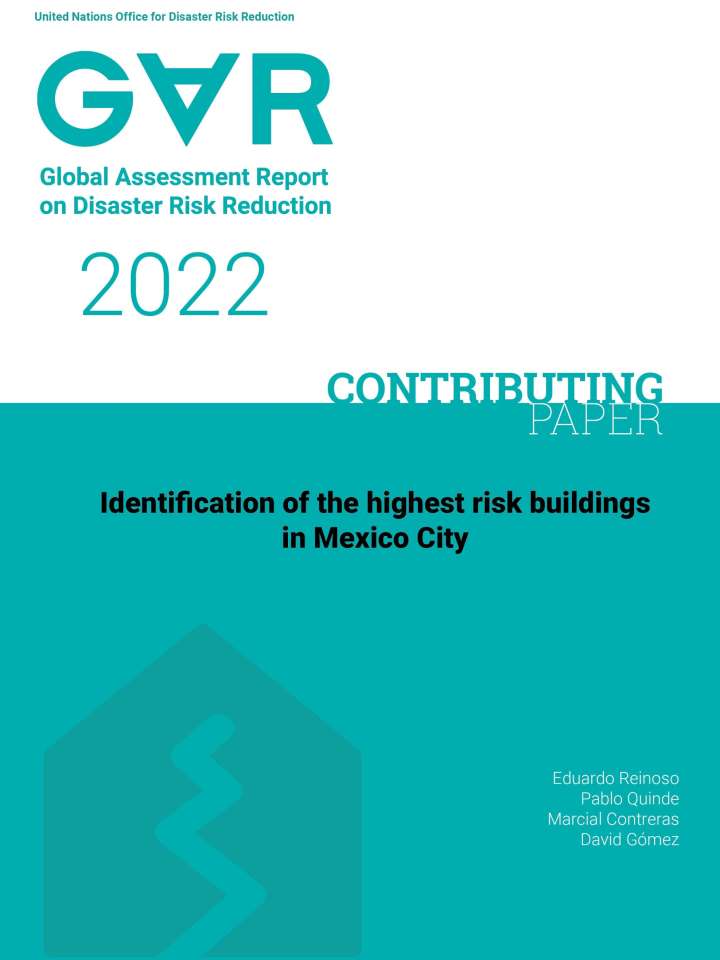Identification of the highest risk buildings in Mexico City
This contributing paper summarizes the seismic risk analysis of Mexico City, based on a detailed database constructed with information provided by the city but also with tools such as geomatics and machine learning. The most unfavorable seismic scenarios and structural characteristics that decrease the resilience of the city are shown. The objectives are to propose response plans for any given future earthquake, to develop prevention measures and to increase the city's resilience, starting from a real and reliable database of vulnerable buildings.
The article uncovers the buildings in Mexico City at high risk and require intervention. The current project is part of an effort to assess the seismic risk of more than two million buildings in Mexico City to provide knowledge and tools for decision-making and, therefore, to increase the city´s resilience. The next steps include, for the worst 260 buildings with the highest seismic risk, public policies at the neighborhood, municipality, and state levels, that regulate the maintenance and retrofit of these buildings. These policies must include, in some cases, financially sound policies that may consider demolishing and reconstruction.
